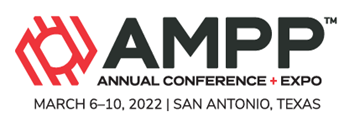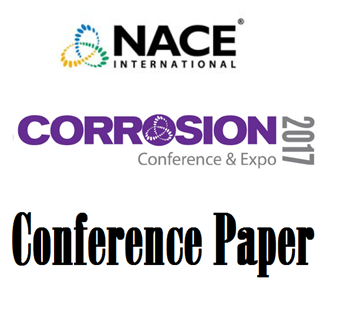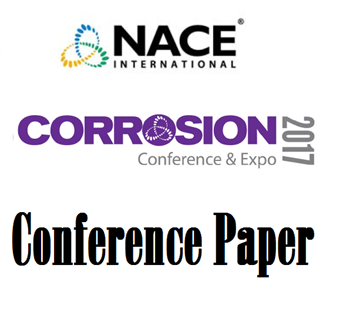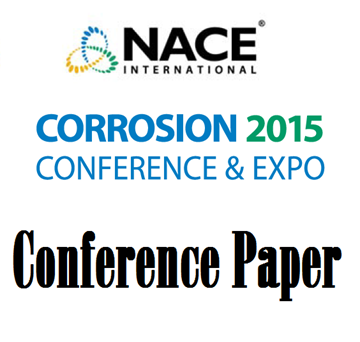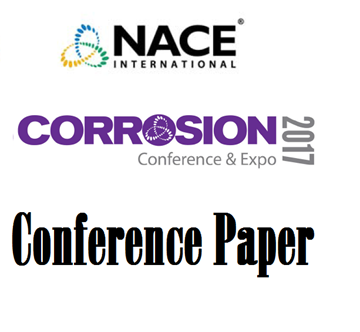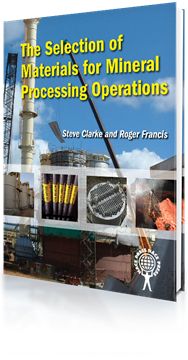Search
Science of Corrosion
View as
Sort by
Display
per page
Split Chamber Zero Resistance Ammetry Technique (SC-ZRA) For Detecting And Quantifying Microbially Influenced Corrosion In Oil And Gas Systems
Product Number:
51322-18191-SG
Publication Date:
2022
$20.00
Steel Corrosion Monitoring in Concrete Slab Using a Long Period Fiber Grating Assembly
Product Number:
51317--9272-SG
ISBN:
9272 2017 CP
Publication Date:
2017
$20.00
Study of Adsorption of Corrosion Inhibitor on Carbon Steel Under Co2 Environment by Using AFM
Product Number:
51317--9290-SG
ISBN:
9290 2017 CP
Publication Date:
2017
$20.00
Susceptibility to Hydrogen Induced Stress Cracking of Alloy 718 and Alloy 725 Under Cathodic Polarization
Product Number:
51315-5597-SG
ISBN:
5597 2015 CP
Publication Date:
2015
$20.00
Test Equipment for Sour TLC Testing
Product Number:
51317--9337-SG
ISBN:
9337 2017 CP
Publication Date:
2017
$20.00
The Role of Pyrite in Localized Corrosion of Mild Steel
Product Number:
51317--9251-SG
ISBN:
9251 2017 CP
Publication Date:
2017
$20.00
The Selection of Materials for Mineral Processing Operations (e-book)
Product Number:
37604-E
ISBN:
978-1-57590-314-9
Publication Date:
2016
$105.00
The Ultrasonically Induced Cavitation Corrosion of UNS N010665 Alloy in Seawater
Product Number:
51317--8931-SG
ISBN:
8931 2017 CP
Publication Date:
2017
$20.00
TM0113-2013-SG "Evaluating the Accuracy of Field-Grade Reference Electrodes"
Product Number:
21265-SG
ISBN:
1-57590-261-3
Publication Date:
2013
$109.00
TM0169-HD1976-SG -Laboratory Corrosion Testing of Metals for the Process Industries-HD1976
Product Number:
21200-HD1976
Publication Date:
1976
$179.00
TM0171-HD1971-SG Autoclave Corrosion Testing of Metals in High Temperature Water-HD1971
Product Number:
21203-HD1971
Publication Date:
1971
$179.00
TM0270-HD1972-SG-Method of Conduction Controlled Velocity Laboratory Corrosion Tests-HD1972
Product Number:
21202-HD1972
Publication Date:
1972
$179.00

